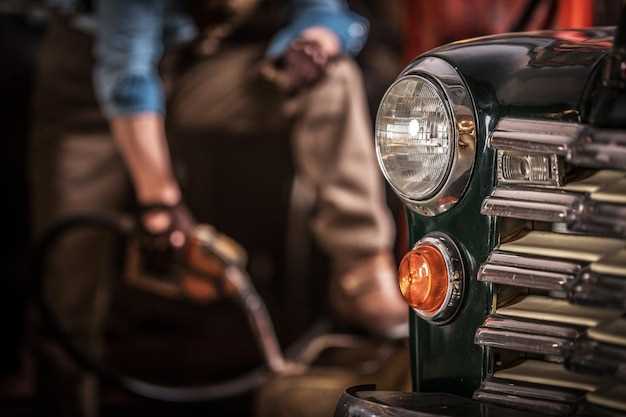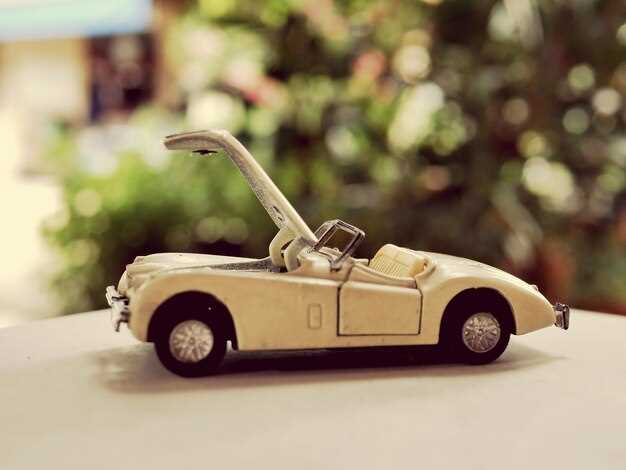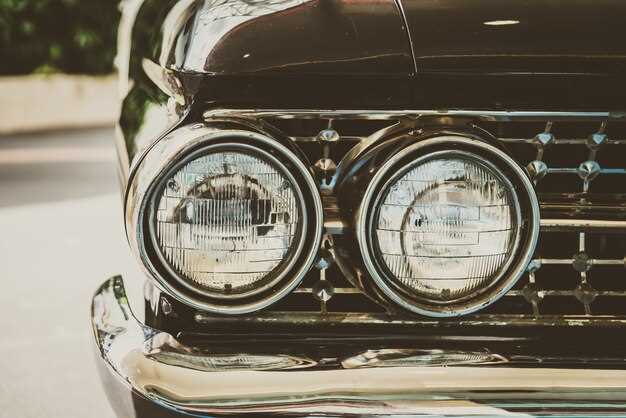
Investing in classic cars has gained popularity among collectors and investors alike, as these vehicles often appreciate significantly in value over time. The appeal of owning a piece of automotive history, combined with the potential for financial gain, makes classic cars an intriguing option for those looking to diversify their investment portfolios. However, like any investment, there are both advantages and disadvantages to consider before pursuing this niche market.
On one hand, classic cars can serve as a tangible investment asset, potentially yielding impressive returns if selected wisely. The rarity, condition, and provenance of a vehicle greatly influence its market value, making thorough research and expertise essential. Additionally, the passion associated with classic cars enhances the overall experience, as owners often find joy in restoration and participation in automotive events.
Conversely, investing in classic cars comes with its own set of challenges. Market fluctuations, maintenance costs, and the risk of depreciation can all impact the overall investment. Furthermore, liquidity can be an issue, as selling a classic car may require considerable time and effort, especially if the vehicle lacks popularity in the current market. Understanding both the pros and cons is crucial for any potential investor navigating the world of classic cars.
Understanding the Market Trends for Classic Car Value Appreciation

The classic car market has demonstrated a remarkable capacity for value appreciation over the decades. Several factors contribute to this trend, making classic cars not only a passion for enthusiasts but also a viable investment option.
One of the primary drivers of value in the classic car market is rarity. Limited production models, unique specifications, or iconic status often see significant increases in value as demand outpaces supply. Collectors are particularly interested in cars linked to notable historical events, popular culture, or respected automotive brands, which adds to their desirability.
Condition plays a crucial role in determining the investment potential. Classic cars that are meticulously restored or maintained tend to appreciate more rapidly than those in subpar condition. Authenticity is also key; original parts and factory specifications can significantly enhance a car’s value. Buyers are willing to pay a premium for vehicles that exhibit genuine vintage characteristics.
The economic climate also influences classic car values. Throughout economic downturns, high-end classic cars can act as a stable investment, often retaining their value better than more conventional assets. Conversely, during periods of economic growth, the market can experience a surge as more individuals look to enter the classic car space, driving prices up.
Another trend impacting value appreciation is the increasing interest from younger generations. As millennials and Gen Z show a growing appreciation for vintage automobiles, the demand for classic cars has been revitalized. This demographic shift suggests a promising outlook for the market as a whole, leading to the potential for further increases in values over time.
Investment in classic cars requires a nuanced understanding of market trends, buyer preferences, and historical context. Knowledgeable investors who can navigate these aspects often find that classic cars not only provide enjoyment but also significant financial rewards.
Evaluating the Maintenance Costs of Classic Car Ownership

Investing in a classic car can be an exciting venture, but potential owners must carefully consider the maintenance costs associated with such an investment. Classic cars often require more attention and resources to keep them in optimal condition compared to modern vehicles.
One of the primary expenses is routine maintenance, including oil changes, tire rotations, and brake inspections. These tasks are essential for ensuring the longevity and functionality of a classic car. However, due to their age, parts may be harder to find, leading to higher costs.
Additionally, specialty servicing is common with classic cars, as they may require mechanics skilled in working with older technologies. This expertise often comes at a premium, reflecting the rarity and intricacy of older systems such as carburetors and mechanical ignition.
Insurance is another facet of maintenance costs that classic car owners should evaluate. Classic cars typically have higher insurance premiums due to their value and the costs associated with repairs. Owners should research policies specific to classic vehicles to ensure they receive adequate coverage without excessive costs.
Storage can also impact the overall cost of ownership. Maintaining a classic car often requires climate-controlled environments to prevent deterioration from humidity, dust, and temperature fluctuations. This additional requirement can lead to increased expenses, whether via a dedicated garage or a specialty storage facility.
Lastly, owners must consider the potential for unexpected repairs. While routine maintenance can be budgeted for, classic cars can develop unforeseen issues that could be costly to remedy, especially if the needed parts are rare or obsolete.
In conclusion, while investing in a classic car can be rewarding, understanding and evaluating the maintenance costs is crucial. Prospective owners should prepare for both predictable expenses and unforeseen challenges to enjoy their classic car experience fully.
Identifying the Risks Associated with Classic Car Investments
Investing in classic cars can offer substantial returns, but it is crucial to recognize the inherent risks involved. Understanding these risks is key to making informed decisions in this niche market.
One significant risk is market volatility. The value of classic cars can fluctuate drastically due to economic conditions, collector trends, and even changes in consumer preferences. What may seem like a sound investment today might lose value tomorrow if demand decreases.
Another critical factor is the maintenance costs. Classic cars often require extensive upkeep, including repairs, restorations, and specialized services. These expenses can add up quickly, impacting the overall return on investment.
Insurance costs also pose a risk. Classic car insurance can be expensive, and depending on the coverage chosen, investors may face unexpected costs. Additionally, insuring a vehicle can also lead to challenges if the car sustains damage or theft.
Liquidity is another concern. Unlike more traditional investments, selling a classic car can take time. Finding the right buyer willing to pay the desired price may not happen quickly, potentially locking up capital for extended periods.
Lastly, the authenticity and provenance of classic cars can be problematic. Fraudulent reproductions or cars with unclear histories can mislead buyers and negatively affect value. Investors must conduct thorough research and ensure proper documentation to mitigate this risk.
In conclusion, while classic cars can be a rewarding investment, potential buyers should carefully assess these risks. A thorough understanding of the market and diligent research can help investors make wiser decisions and protect their investments.

